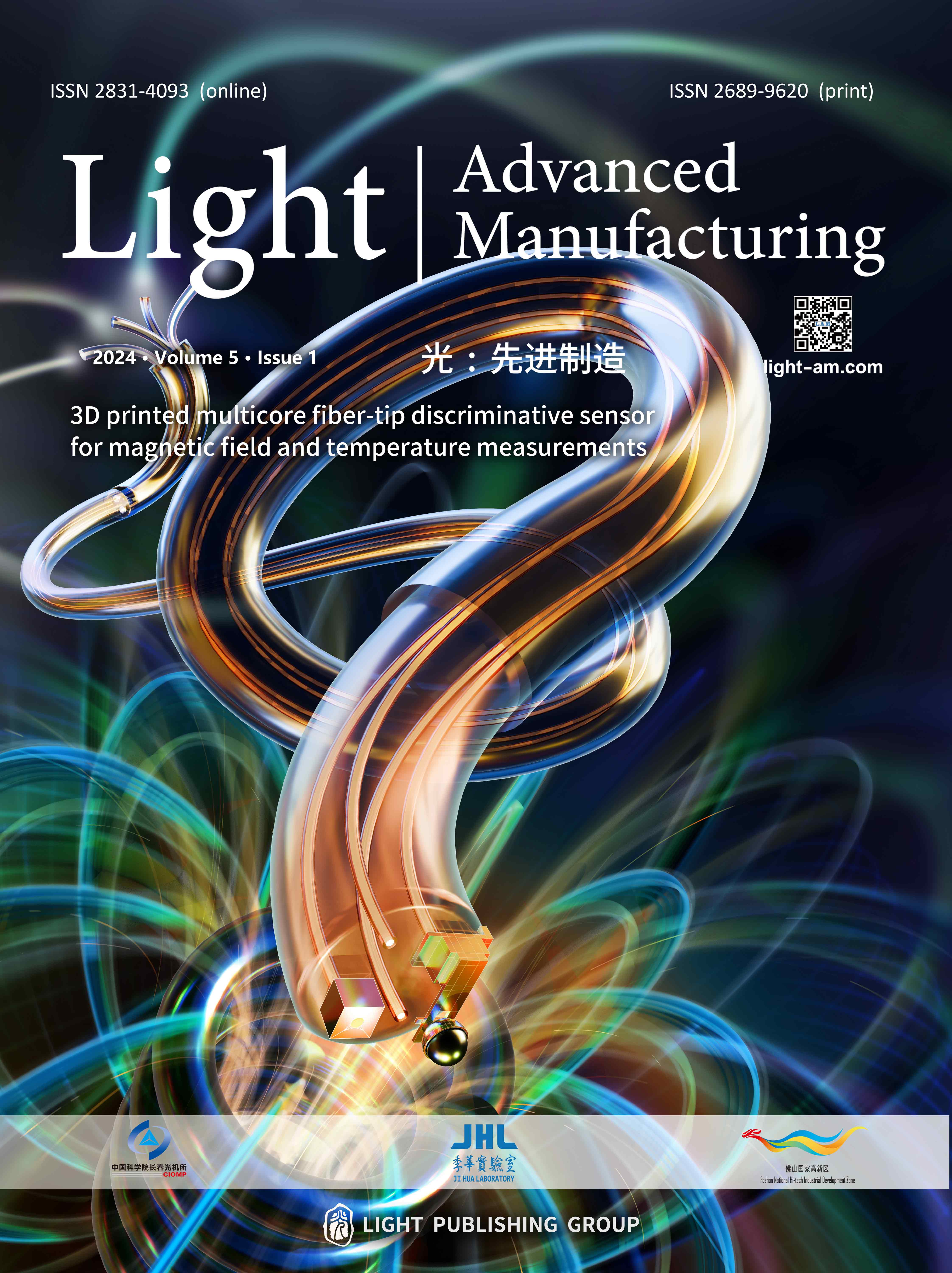-
Over the past nearly 90 years, scientists have gradually revealed the mysteries of intramolecular motion and chemical bonds through continuous research and innovation. In 1928, Irish scientist E. Synge proposed a method to overcome the limit of classical optical resolution, which laid the foundation for the subsequent development of scanning near-field optical microscopes. Near-field optical microscopy continues to push optical resolution to new records, well beyond the diffraction limit of traditional optical microscopy. By overcoming the resolution limit of classical optics, scientists have gradually achieved in-depth understanding of intramolecular motions. The combination of Raman spectroscopy and scanning near-field optical microscopy further improves the spatial resolution of chemical identification capability down to Angstrom level, and the full spatial mapping of various intrinsic vibrational modes in the intramolecular universe can be revealed. The ability of such Angstrom-resolved spatial resolution to determine the chemical structure of unknown molecules arouse extensive interests of researchers in the fields of chemistry, physics, materials, biology, and stimulated active research to explore the underlying super-resolution mechanisms, to interpret the experimental data, and to mature the technique for wider applications.
With this special issue ‘Nanospectroscopy, nanooptics and nanofabrication’, we wish to highlight the rapid experimental and theoretical advances of this burgeoning interdisciplinary field, as well as to provide an account of its peculiar challenges and future prospects. Advances in understanding the fundamental mechanisms of optical resolution at the nanometer and Angstrom regime, novel simulation methods, and applications of these fundamental mechanisms are the main components. Furthermore, this special issue aims at promoting novel fabrication techniques which allow to reproduce the nano- or pico-scale environment for the near-field confinement, which deem to improve or open up enormous new horizontal of the research topics in the field of nanooptics, nanospectrosopy and picospectroscopy.
Topics of interest include but are not limited to
· New techniques and theories related to the tip-enhanced optical spectroscopy1, 2
· New techniques and theories related to the near-field confinement and excitation dynamics3
· Novel technologies for ultrahigh-precision nano-fabrication4-8
· Light-matter interactions in the nanometer, and quantum regimes9-12
Special issue on a 90-year journey towards light from the intramolecular universe
- Light: Advanced Manufacturing 5, Article number: (2024)
- Received: 20 November 2023
- Revised: 25 February 2024 Published online: 13 March 2024
doi: https://doi.org/10.37188/lam.2024.011
Rights and permissions
Open Access This article is licensed under a Creative Commons Attribution 4.0 International License, which permits use, sharing, adaptation, distribution and reproduction in any medium or format, as long as you give appropriate credit to the original author(s) and the source, provide a link to the Creative Commons license, and indicate if changes were made. The images or other third party material in this article are included in the article′s Creative Commons license, unless indicated otherwise in a credit line to the material. If material is not included in the article′s Creative Commons license and your intended use is not permitted by statutory regulation or exceeds the permitted use, you will need to obtain permission directly from the copyright holder. To view a copy of this license, visit http://creativecommons.org/licenses/by/4.0/.






 DownLoad:
DownLoad: